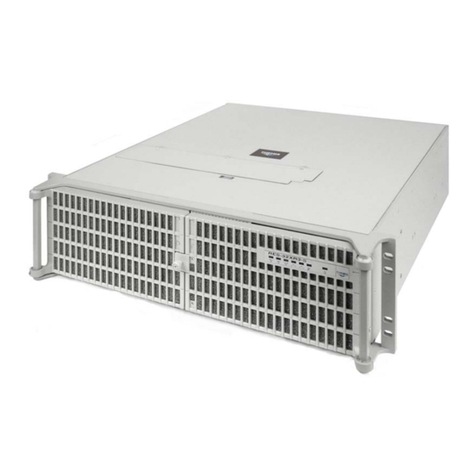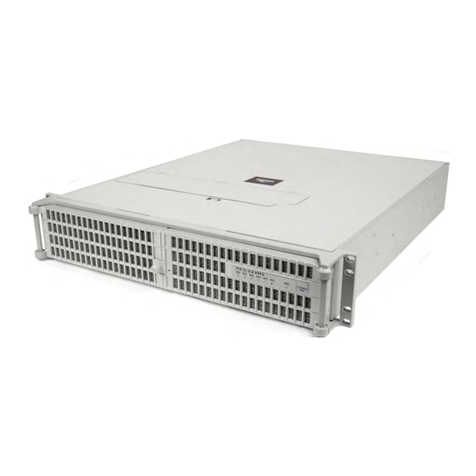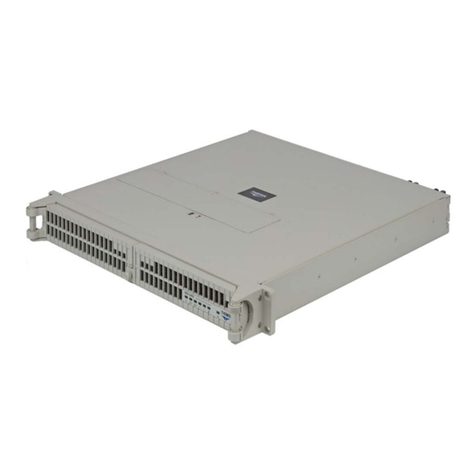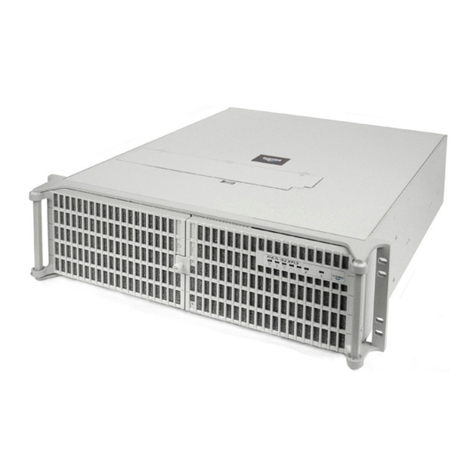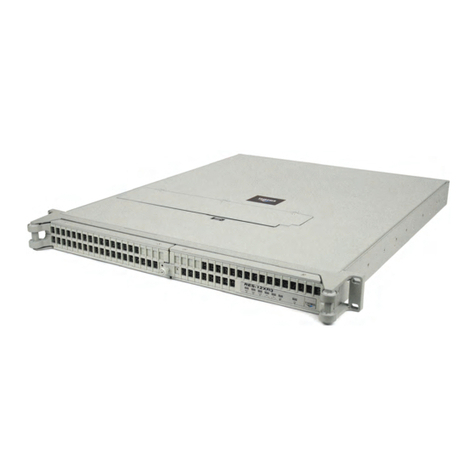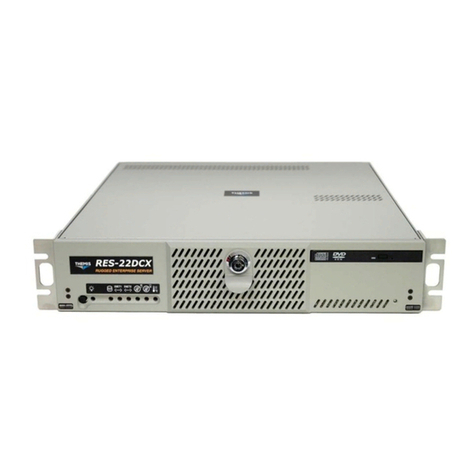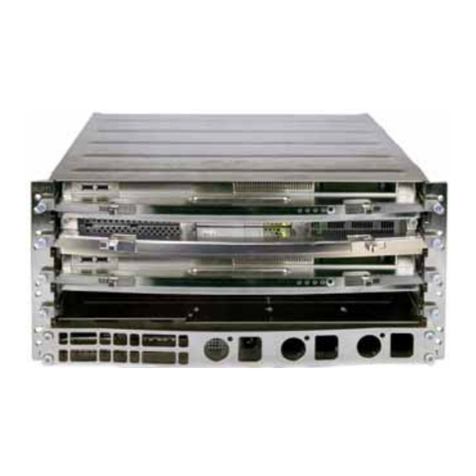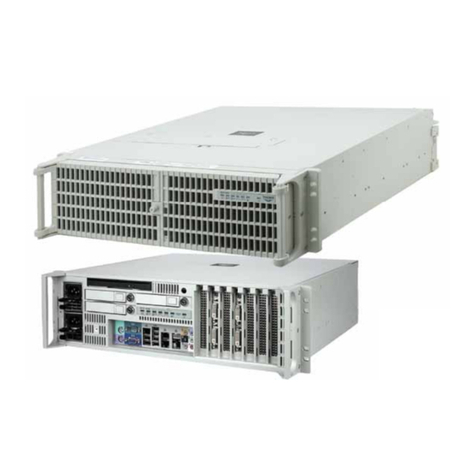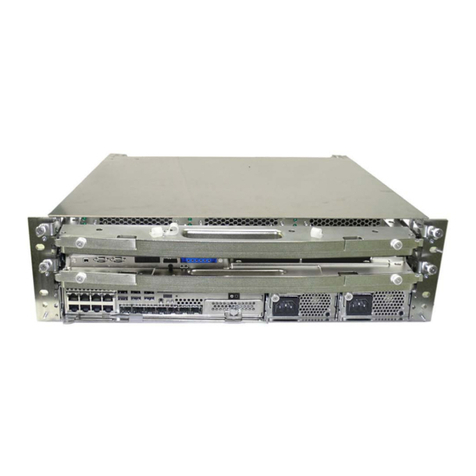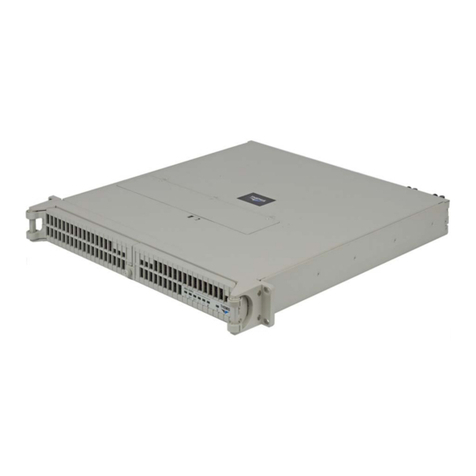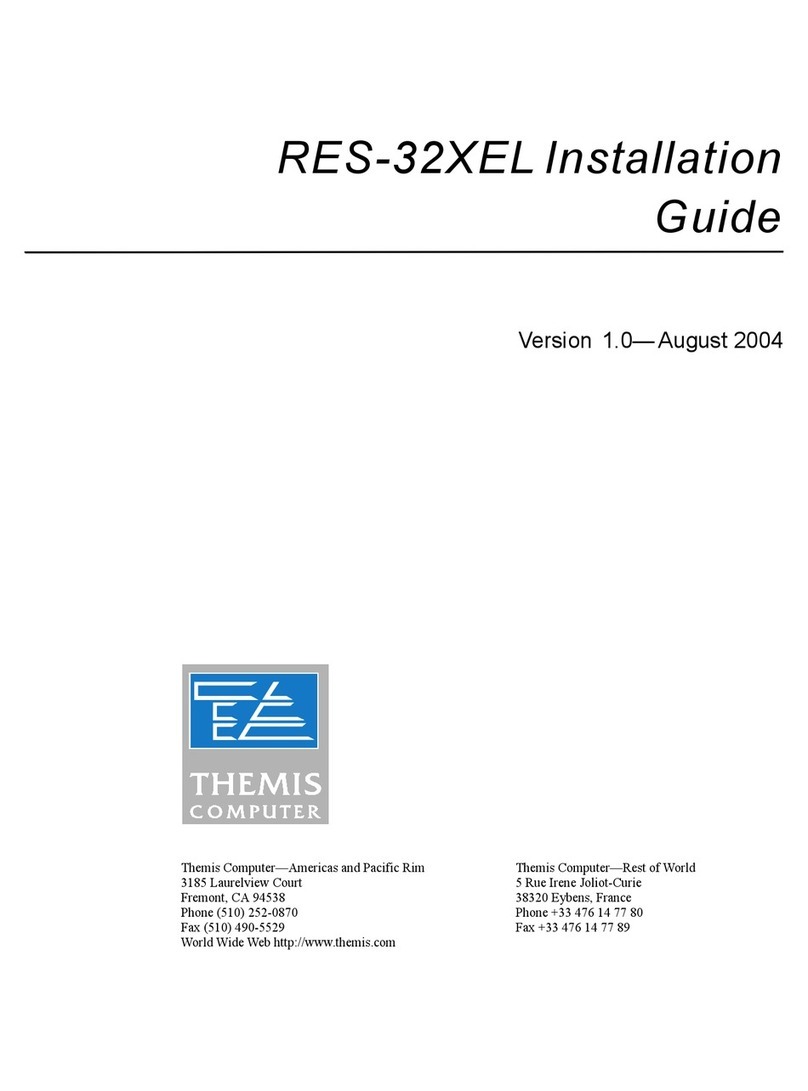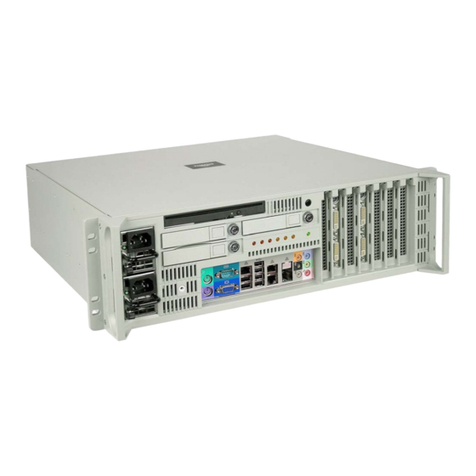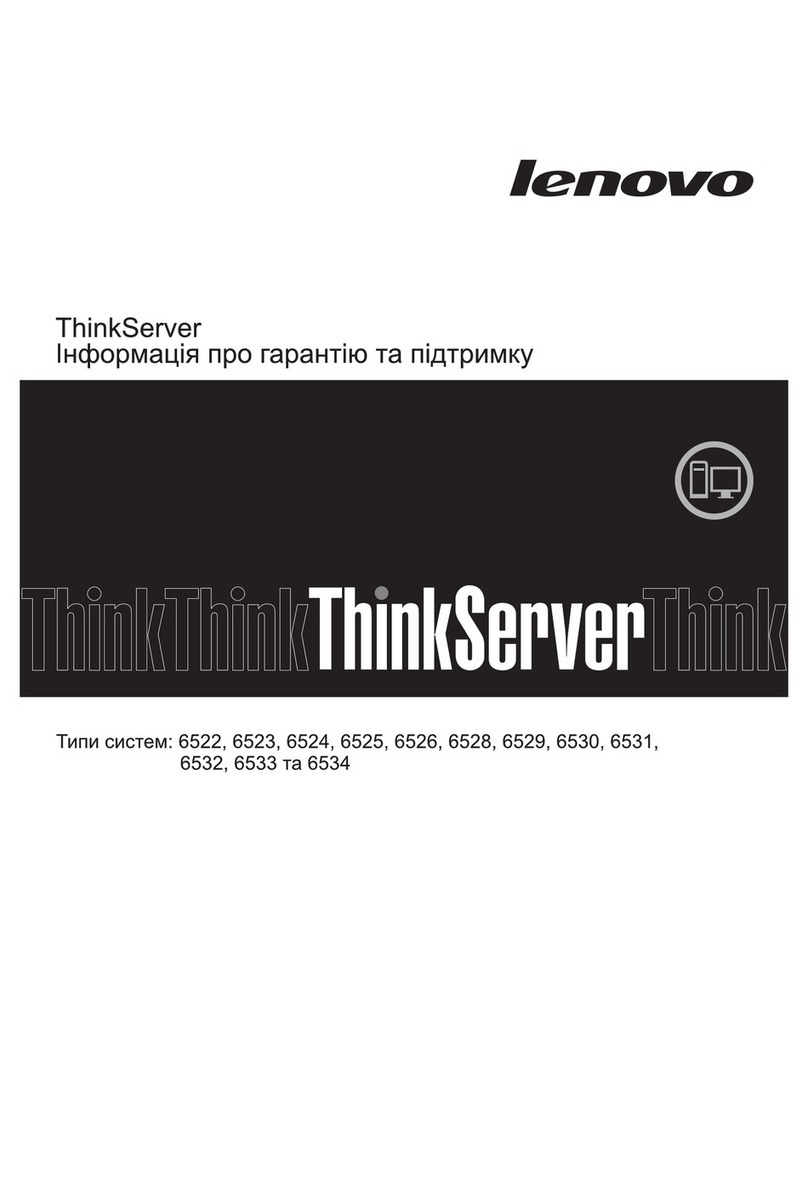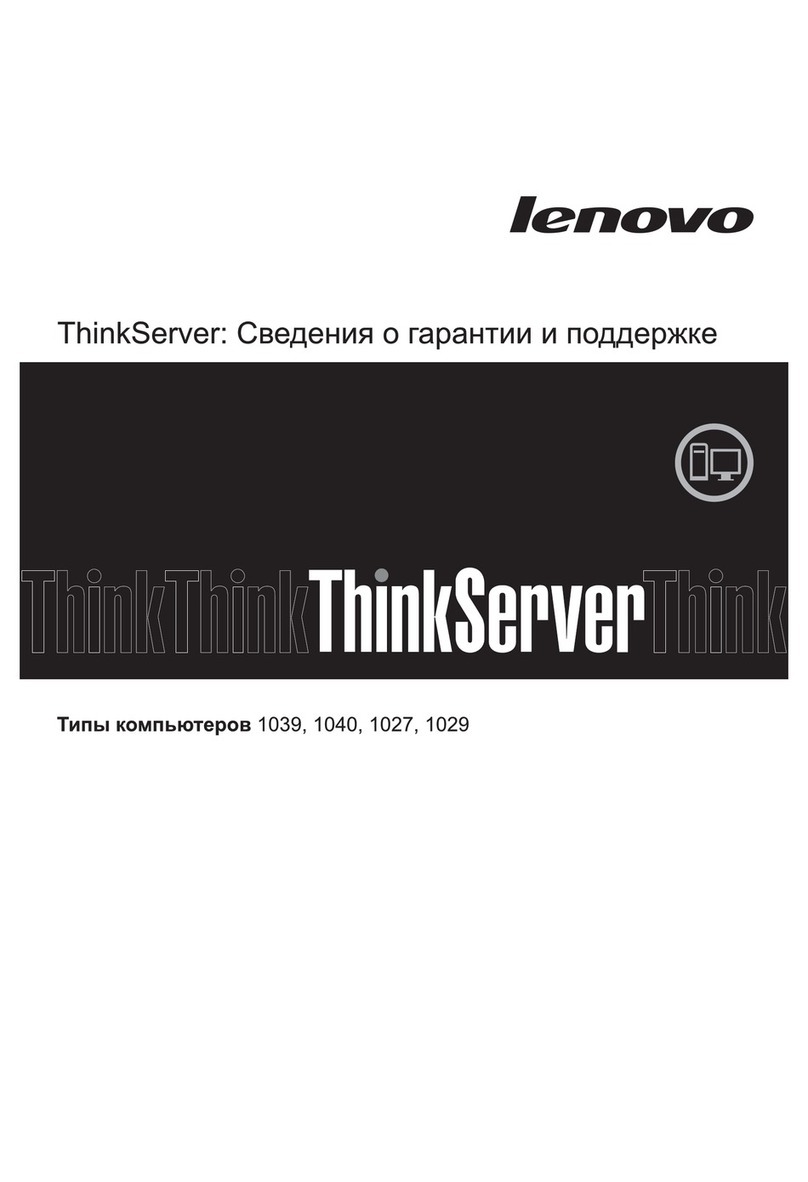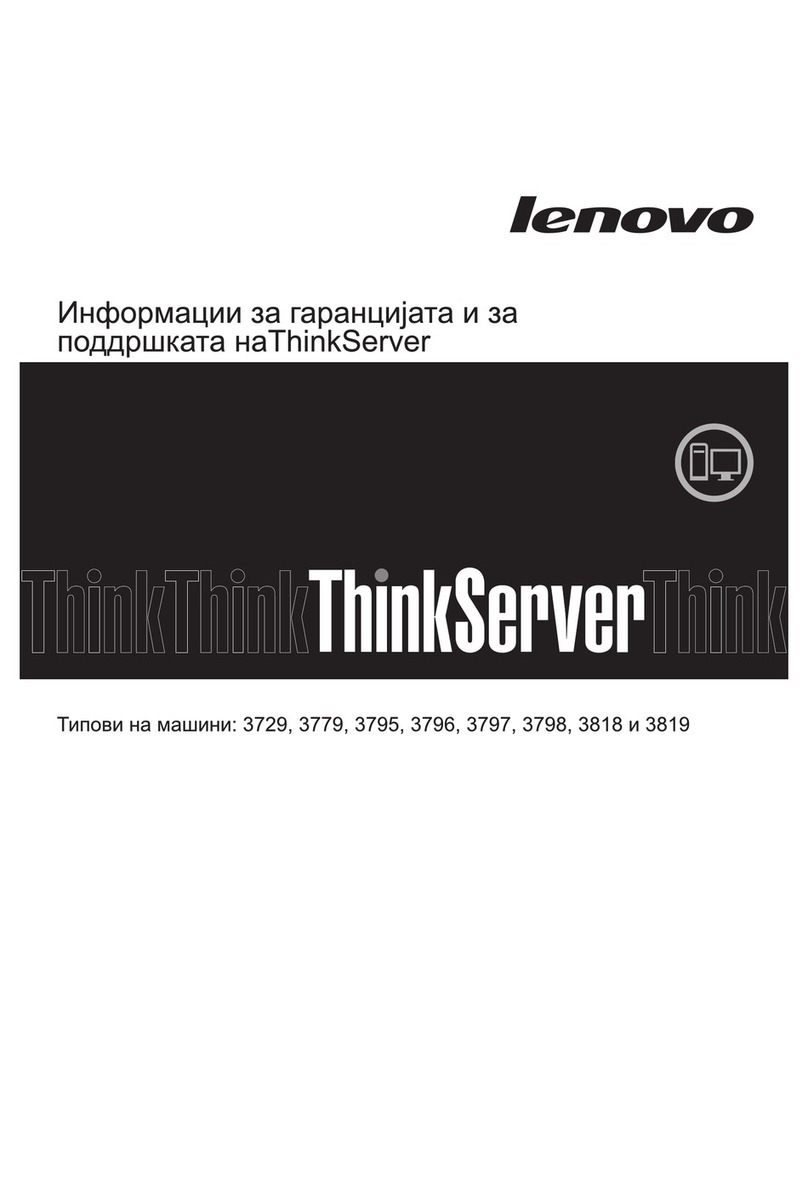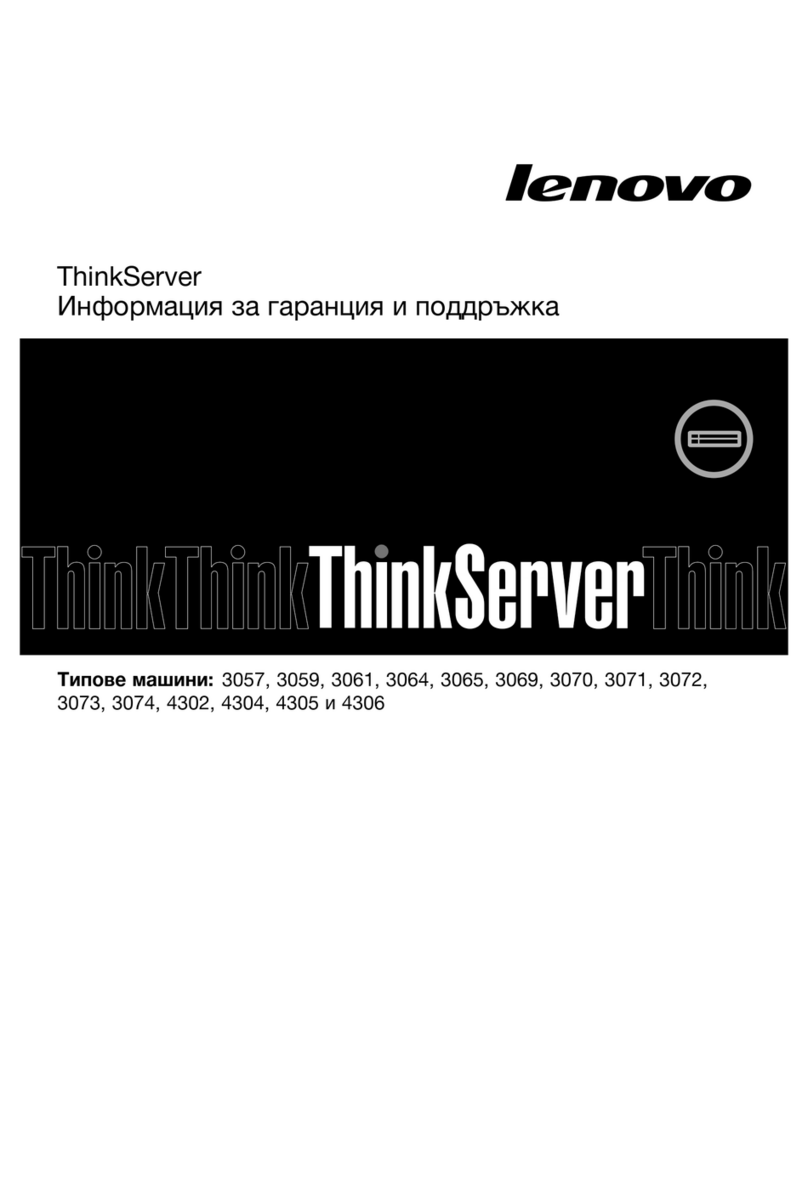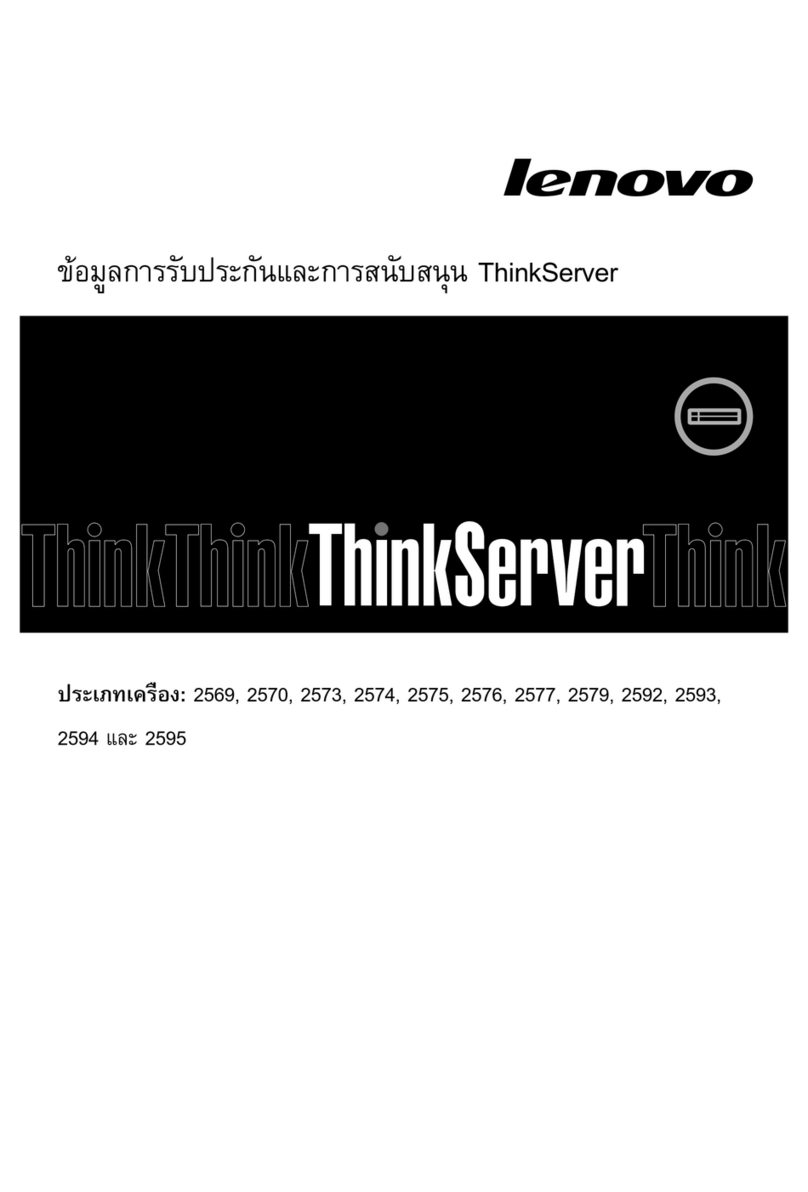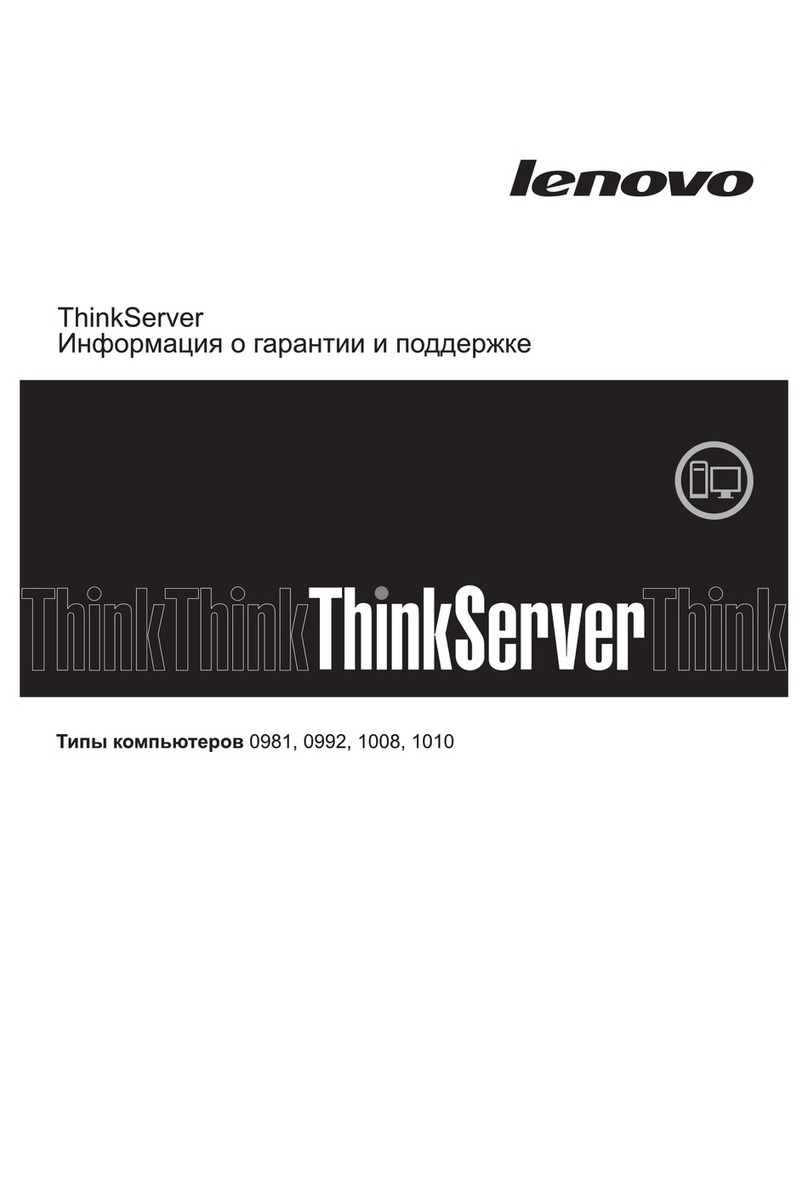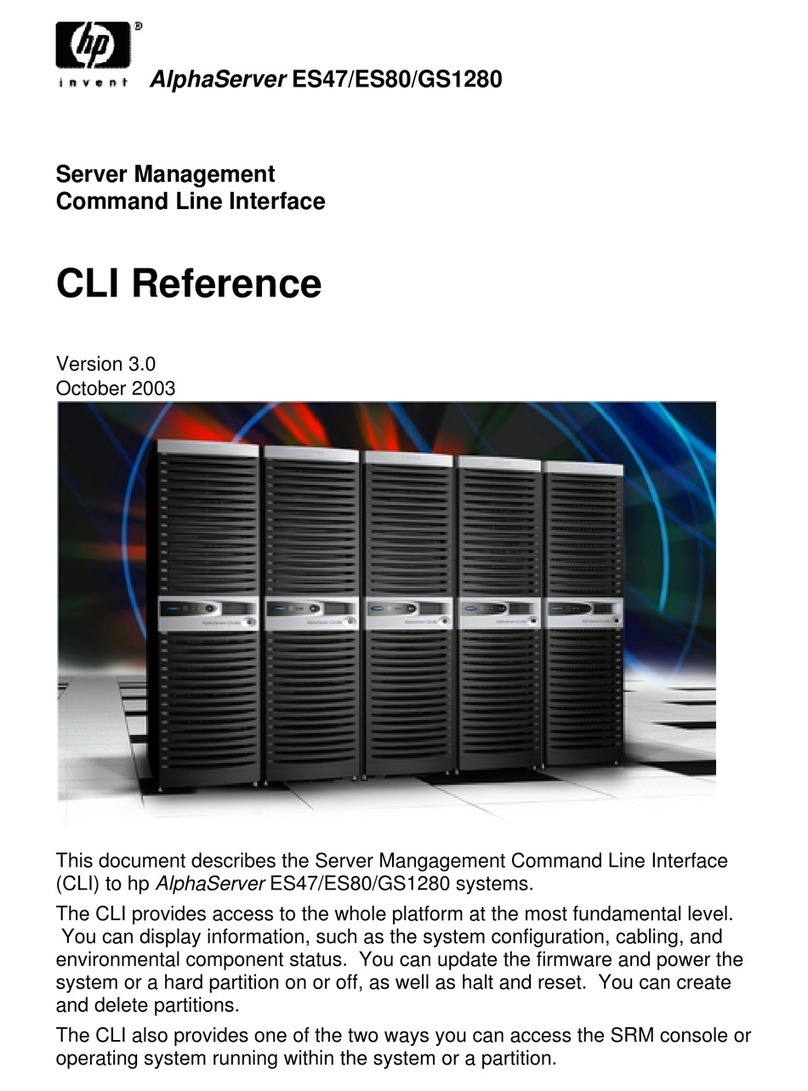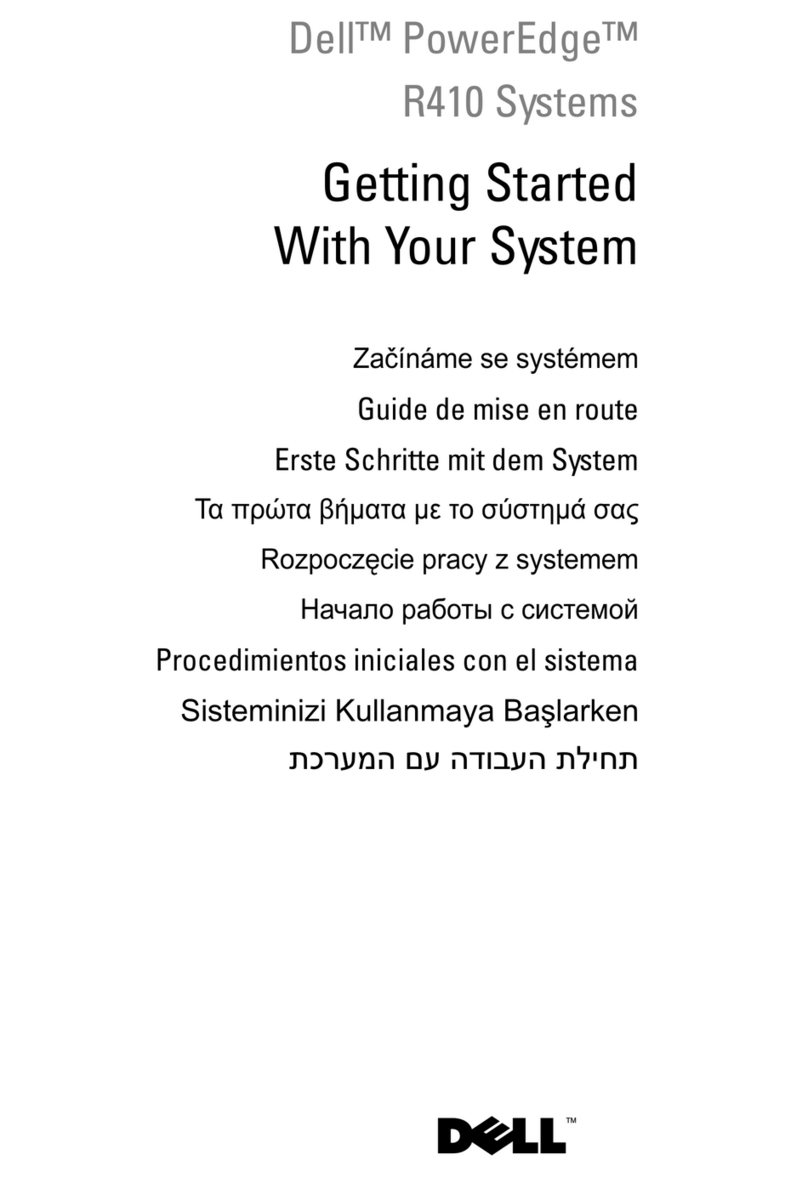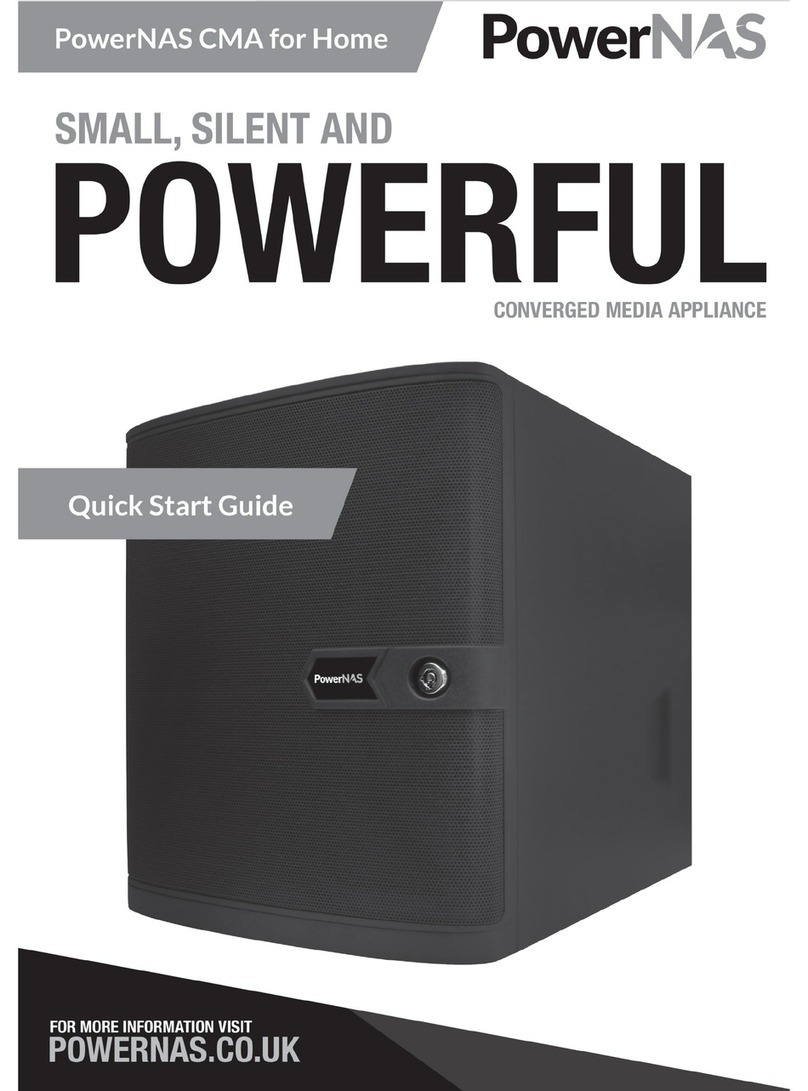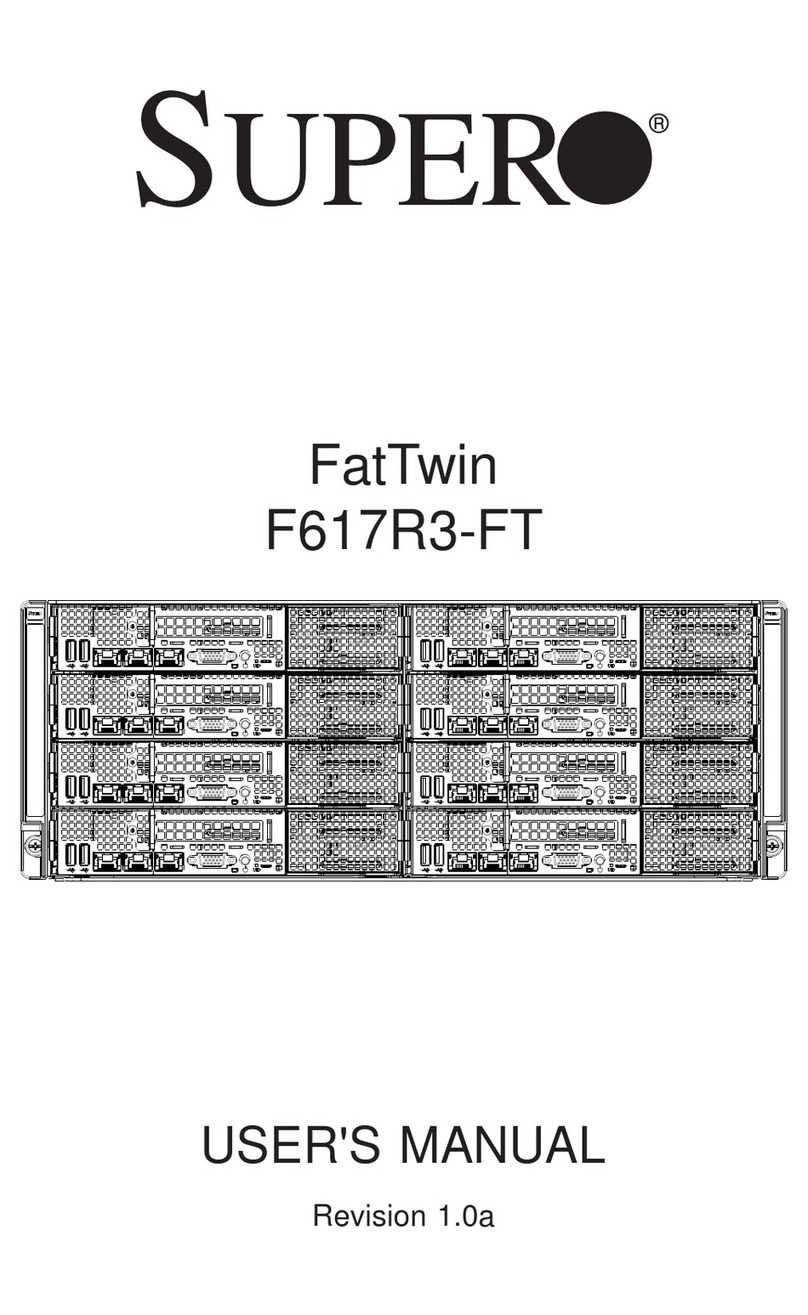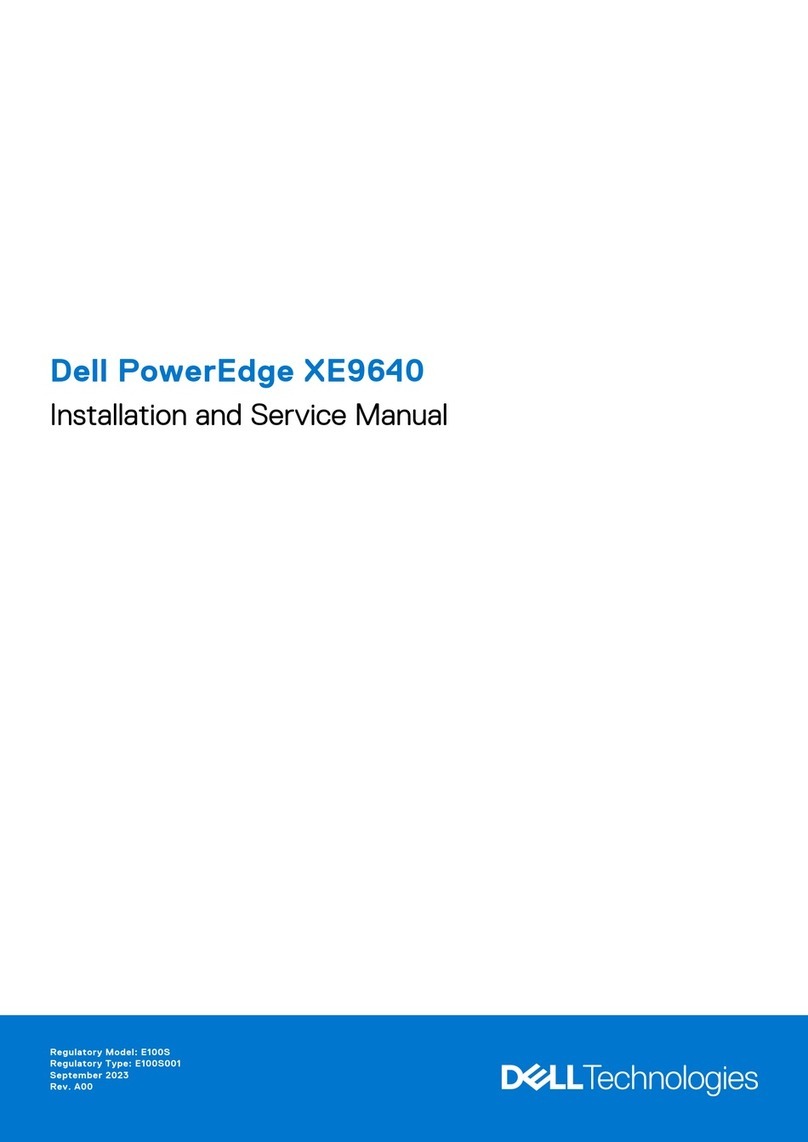
Copyright © 2014 Themis Computer, Inc.
ALL RIGHTS RESERVED. No part of this publication may be reproduced in any form, by
photocopy, microfilm, retrieval system, or by any other means now known or hereafter invented without
the prior written permission of Themis Computer.
The information in this publication has been carefully checked and is believed to be accurate. However,
Themis Computer assumes no responsibility for inaccuracies. Themis Computer retains the right to
make changes to this publication at any time without prior notice. Themis Computer does not assume
any liability arising from the application or use of this publication or the product(s) described herein.
RESTRICTED RIGHTS LEGEND: Use, duplication, or disclosure by the United States Government
is subject to the restrictions set forth in DFARS 252.227-7013 (c)(1)(ii) and FAR 52.227-19.
TRADEMARKS and SERVICEMARKS
Themis®is a registered trademark of Themis Computer, Inc.
Intel® and Xeon®are registered trademarks of Intel Corporation.
Red Hat®is a registered trademark of Red Hat, Inc.
Linux®is a registered trademark of Linus Torvalds.
SuperMicro®and SuperDoctor™ are registered trademarks of Super Micro Computer, Inc.
All other trademarks, servicemarks, or registered trademarks used in this publication are the property of
their respective owners.
CE Marking
This product complies with the European EMC Directive (2004/108/EC) and the European Low Voltage
Safety Directive (2006/95/EC)/.
Safety Precautions
Instructions regarding safety precautions during installation, operation, or maintenance of the equipment
are given in the section entitled “Safety Instructions” on page v.
WARNINGS and CAUTIONS
The definitions of WARNINGS and CAUTIONS as used in this document are given in the Preface in
the section entitled “Notes, Cautions, Warnings, and Sidebars”.
RES-XR4-1U Installation Manual, Version 1.5
June 2014
Part Number: 119708-024
Themis Customer Support
North America, South America, and Pacific Rim
Telephone: 510-252-0870
Fax: 510-490-5529
E-mail: support@themis.com
Web Site: http://www.themis.com

